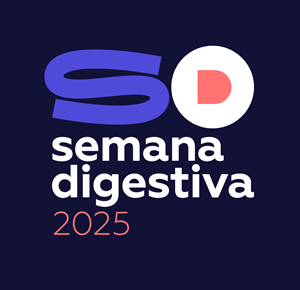Case report: We report a case of a 62-year-old male presenting to the emergency department with hematochezia, with no abdominal pain or other accompanying symptoms. The patient was on ibuprofen for 3 days due to odynophagia and did not report other current medications. On admission he was hypotensive (blood pressure 85/45 mmHg), had a normal heart rate (90 bpm) and mild hypochromic microcytic anemia (hemoglobin 11.2 g/dL). Urgent colonoscopy revealed numerous diverticula in the sigmoid colon, two of them inverted. An oozing bleeding from a visible vessel was identified on the top of the most distal inverted diverticulum. An over-the-scope clip (OTSC 14t, Ovesco Endoscopy AG) involving the diverticulum was released after suction into the transparent cap and successful hemostasis was achieved. There were no immediate or late complications. The clinical course was uneventful, and the patient was discharged after 48 hours monitoring. Rebleeding did not occur at 6-month follow up. Conclusion: Some cases of OTSC application to control colonic diverticular bleeding have been described, with almost no rebleeding documented. The OTSC configuration allows secure anchoring within the normal tissue surrounding the neck of the diverticulum, while preserving sufficient vascularization, preventing necrosis and, consequently, wall perforation. Our case emphasizes the efficacy and safety of OTSC hemostasis in bleeding diverticula.

 Semana Digestiva 2025 | Todos os direitos reservados
Semana Digestiva 2025 | Todos os direitos reservados